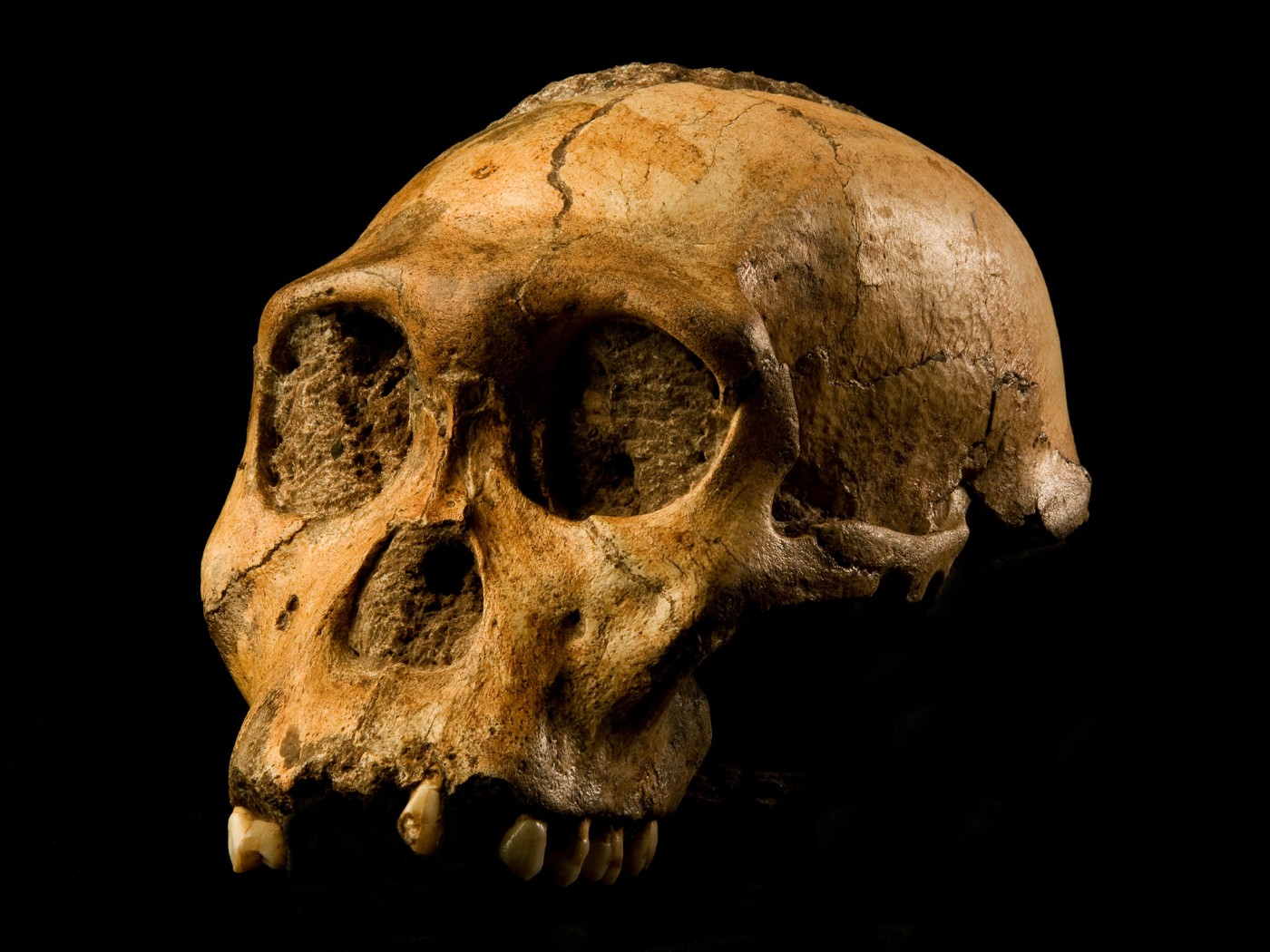Modern geology is based on the notion that the physical properties of earth developed over long ages. But coal and oil can form quickly, even in hours.1 Mount St. Helens made mudstones in months.2 Amber hardens from tree resin fast enough to preserve insects.3 Diamonds roughly develop in weeks.4 Fossils formed fast enough to "freeze" live births.5 Lava and magma begin cooling into igneous rocks as soon as they near earth's surface.
And now Australian researchers have shown evidence that opals formed rapidly.
According to their scientific report, the right conditions—not long time spans—are all that is needed to make opals. Opals are unique among precious gems because they do not take a regular crystalline shape but are instead amorphous. They are composed of silica, the same essential compound as glass, but are valued both for their unique and often stunning bright color swirls and their "play of color" outer sheen.6 They have been found as sheets or nodules, sometimes as a coating overlaying fossil bones or as intrusions into sedimentary rock layers.
These testable properties are known by observation and experimentation. But long-age ideas of opal formation were apparently informed more by a bias toward vast time than by science. A new geological study from the Australian government reported that very tiny bacteria fossils were found in and around opals from Lightning Ridge, which contains the largest deposit of the highly valued black opals.7 The results clearly showed that rounded and smooth opal nodules formed very quickly as a result of the bacteria interacting with their environment, and the opals were not polished by eons of weathering as long-age thinking had suggested.
The researchers were able to identify specific kinds of microbes from their fossils by comparing the fossil bacteria body shapes and growth patterns to living bacteria. They then inferred that the general growth conditions known for these bacteria—such as the presence of oxygen, the level of acidity, and the temperature—must have characterized the earth material back when bacteria were growing in it. Finally, they found that the opals grew alongside the bacteria and thereby inferred the opal's growth rate using the known growth rate of the microbes.
The report stated:
The preservation status of the microbes is high. The growth of Micromonospora hyphae [slender microbial body extensions] have kept pace with the accumulation of the silica spheres and provide a record of the time taken for the accumulation of silica hydrosol. The time taken for the formation of opal is therefore probably of the order of weeks to months and not the hundreds of thousands of years required by the conventional weathering model.7
Geologist Tasman Walker wrote in his personal blog, "Notice 'weeks and months'. That's a big difference from 'hundreds of thousands of years'!"8
Observations and experimental science have clearly shown that opals, as well as many other earth materials, can form rapidly. Is there any earth material that requires vast time for its formation?
References
- Snelling, A. A. 2009. Earth's Catastrophic Past. Dallas, TX: Institute for Creation Research, 959-976.
- Ibid, 948-949.
- Thomas, B. 2010. Amber Jewelry: A Conversation Piece for Creation Evidence. Acts & Facts. 39 (9): 17.
- Snelling, A. A. 2007. The Rapid Ascent of Basalt Magmas. Acts & Facts. 36 (8).
- Morris, J. D. and F. J. Sherwin. 2010. The Fossil Record. Dallas, TX: Institute for Creation Research, 72.
- Busbey, A. B. et al. 1996. Rocks and Fossils, Revised and Updated. San Francisco, CA: Fog City Press, 157.
- Watkins, J. J., H. J. Behr, and K. Behr. June 2011. Fossil microbes in opal from Lightning Ridge — implications for the formation of opal. Quarterly Notes, Geological Survey of New South Wales. 136: 1-20.
- Walker, T. Opals form in weeks. BiblicalGeology blog. Posted on biblicalgeology.net July 5, 2011, accessed July 14, 2011.
* Mr. Thomas is Science Writer at the Institute for Creation Research.
Article posted on July 25, 2011.













